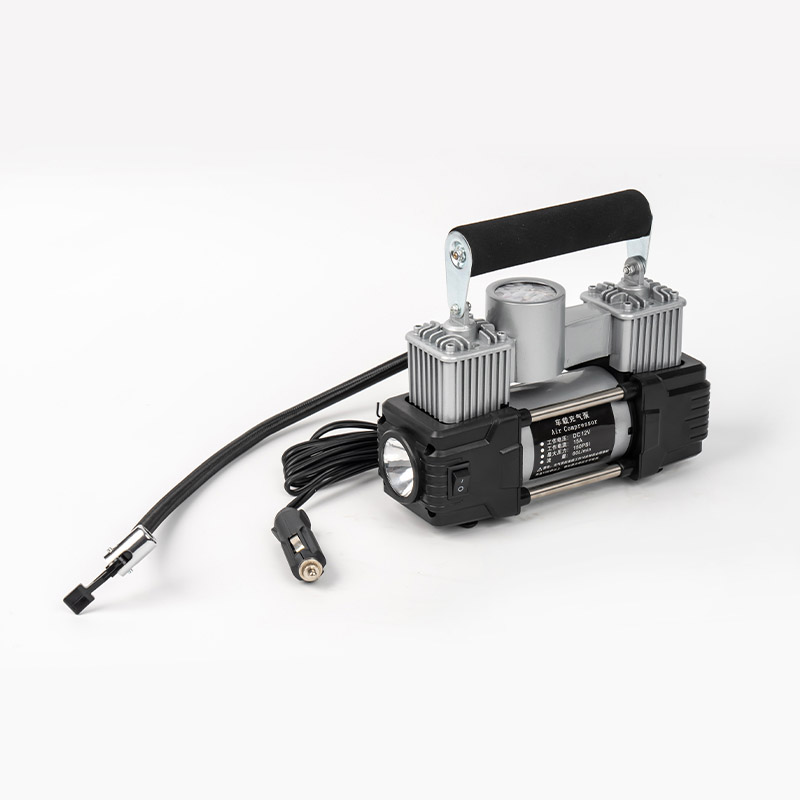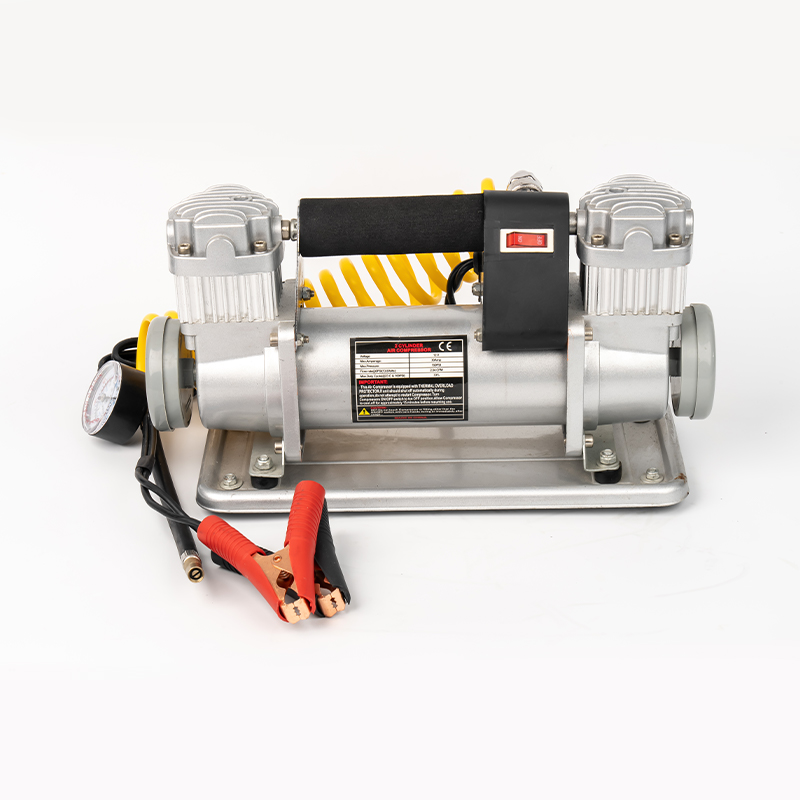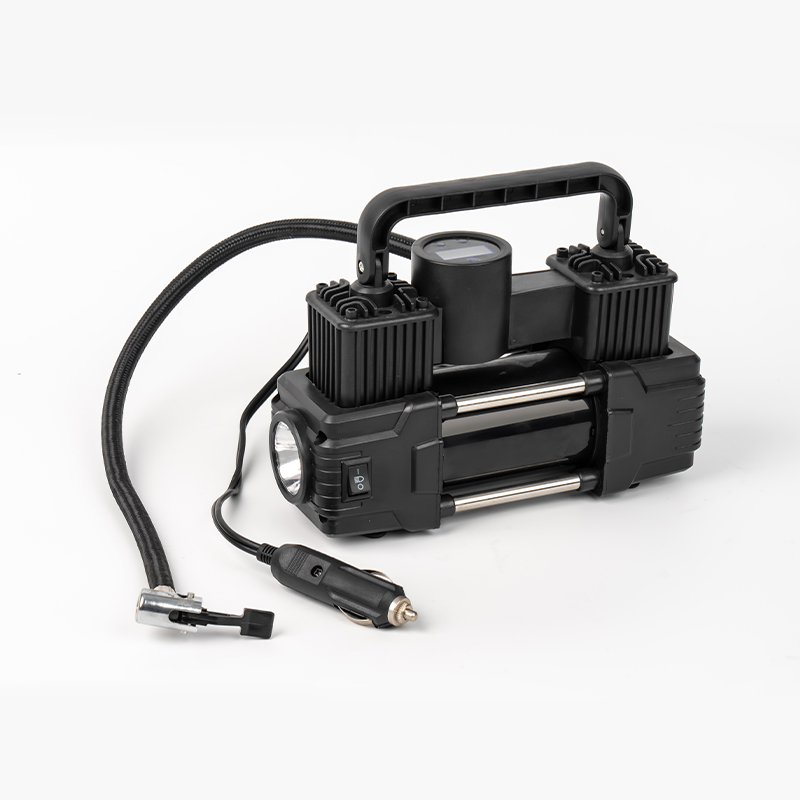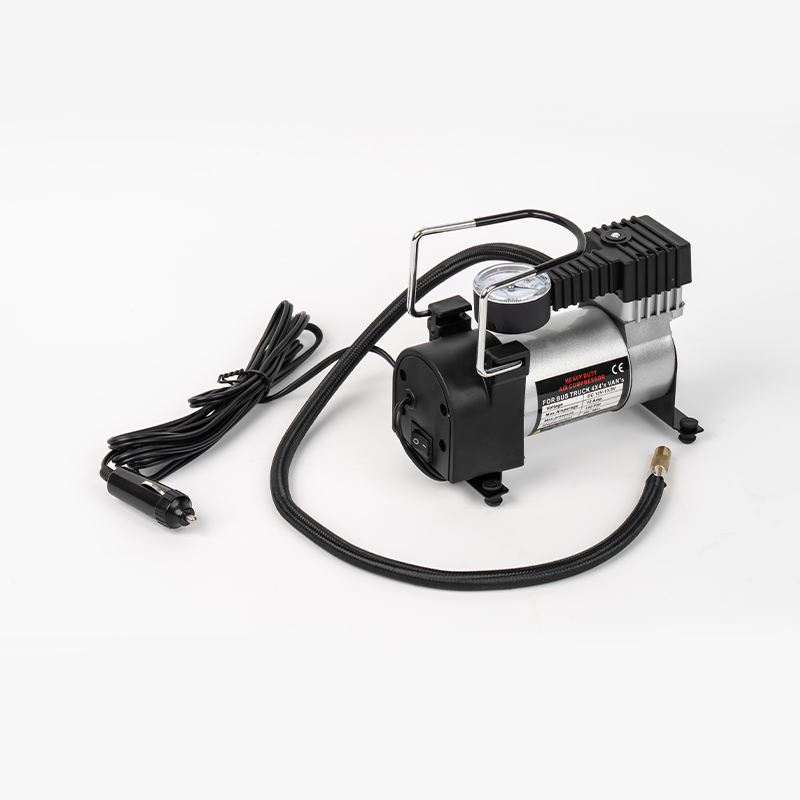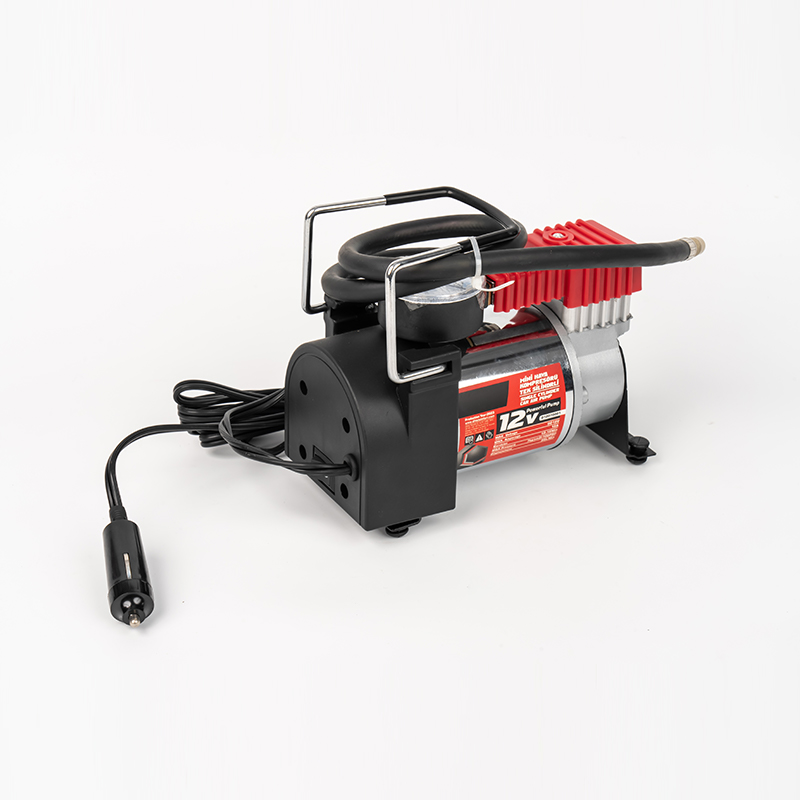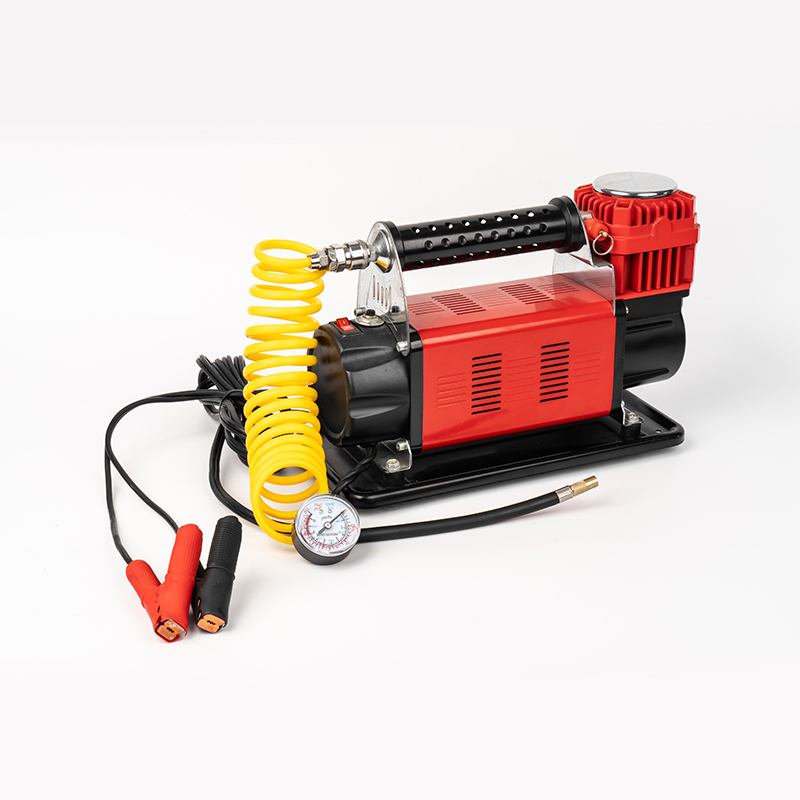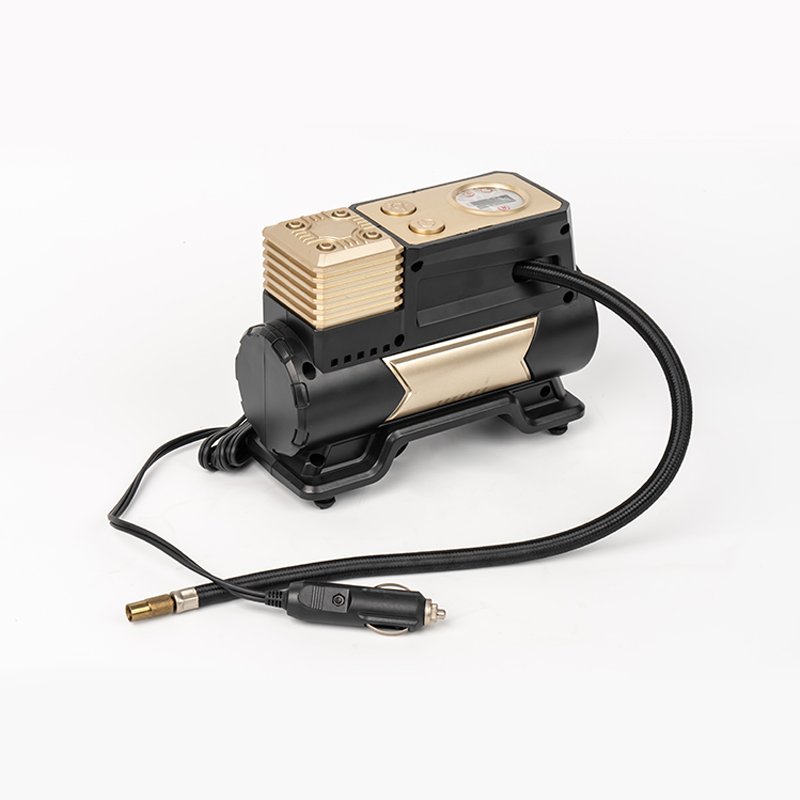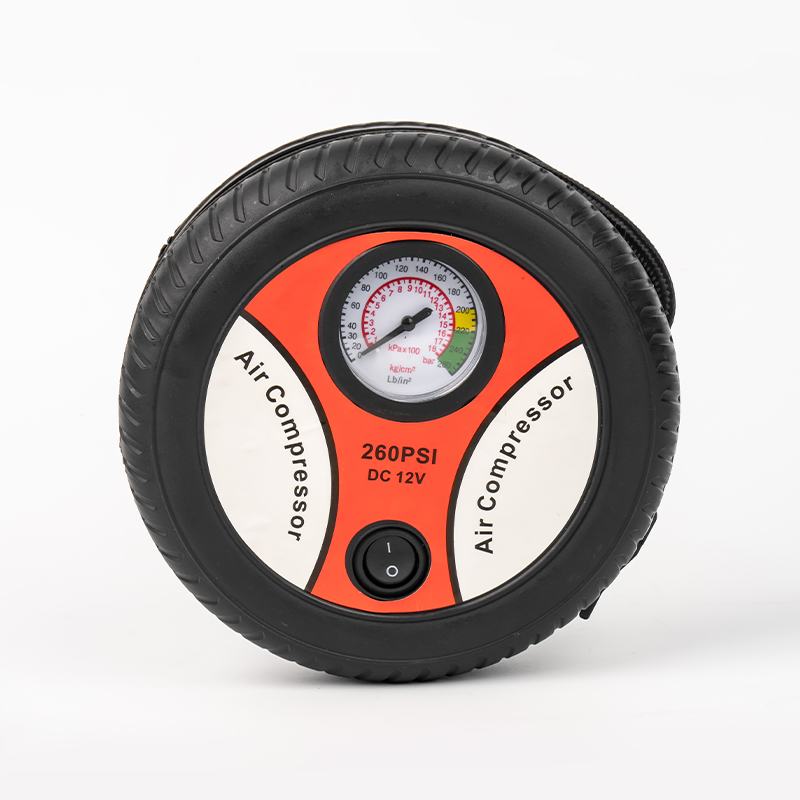Off-road driving and SUV usage present unique challenges for tire maintenance, particularly when it comes to inflation. An Automotive Tire Inflator designed for these applications must meet specific criteria to ensure reliability, safety, and performance.
Key Performance Requirements
The performance of an Automotive Tire Inflator for off-road and SUV tires depends on several critical features. These include pressure capacity, durability, and operational efficiency, which are essential for handling the demands of rugged environments.
High Pressure Capacity
-
Off-road and SUV tires typically require higher inflation pressures, often ranging from 30 to 80 PSI (pounds per square inch), compared to standard passenger tires. An Automotive Tire Inflator must be capable of generating and sustaining these pressures without performance degradation.
-
The unit should include a precision pressure gauge with a wide range, allowing users to accurately set and monitor pressure levels during inflation. This ensures tires are inflated to manufacturer-recommended specifications, which is crucial for vehicle stability and tire longevity.
Durability and Build Quality
-
Off-road conditions expose equipment to elements such as dust, moisture, and impacts. A suitable Automotive Tire Inflator should feature a robust housing made from materials like reinforced metal or high-grade polymers to withstand harsh environments.
-
Components such as hoses and connectors must be corrosion-resistant and designed to prevent leaks or failures under stress. This reduces the risk of malfunctions during critical use, such as trailside tire repairs.
Portability and Power Source
-
Portability is a key consideration for off-road applications, where space and weight are limited. An Automotive Tire Inflator should be compact and lightweight, often with integrated handles or storage options for easy transport.
-
Multiple power source options, including DC car outlets or standalone battery packs, provide flexibility in remote locations. The device should also have low power consumption to extend usability during extended trips without vehicle engine operation.
Speed and Efficiency
-
Inflation speed is critical in off-road scenarios to minimize downtime. An Automotive Tire Inflator with a high airflow rate, measured in CFM (cubic feet per minute), can reduce the time required to inflate larger SUV or off-road tires.
-
Efficient motor design and heat dissipation mechanisms help maintain consistent performance during prolonged use. This ensures the Automotive Tire Inflator can handle multiple tires without overheating or reduced output.
Safety Features
-
Integrated safety mechanisms, such as automatic shut-off upon reaching the preset pressure, prevent over-inflation and potential tire damage. This feature also enhances accuracy and user safety.
-
Additional protections, including thermal cutoffs and pressure relief valves, safeguard the Automotive Tire Inflator from excessive heat or pressure buildup. These elements are vital for preventing accidents in demanding conditions.
Practical Considerations for Selection
When evaluating an Automotive Tire Inflator for off-road and SUV use, practical aspects such as compatibility and ease of maintenance should be assessed. These factors contribute to long-term reliability and user satisfaction.
Compatibility with Tire Types
-
The Automotive Tire Inflator must accommodate various valve types, including Schrader and Presta valves, which are common in off-road and SUV tires. Adapters should be included or available to ensure universal fit.
-
It should support inflation for tires with larger volumes, such as those found on SUVs, without significant pressure drop or extended wait times. This requires a balance between airflow and pressure stability.
Ease of Use and Maintenance
-
User-friendly controls, such as digital displays and intuitive settings, simplify operation in adverse conditions. An Automotive Tire Inflator with clear indicators for pressure and status reduces the likelihood of errors.
-
Maintenance requirements, like filter cleaning or hose inspections, should be minimal and well-documented. This ensures the device remains operational with routine checks, which is important for infrequent but critical off-road use.
An Automotive Tire Inflator suitable for off-road and SUV tires must combine high pressure capacity, durability, portability, speed, and safety features to meet the demands of challenging environments. By focusing on these technical and practical aspects, users can ensure reliable performance and enhanced safety during tire maintenance. As tire technology evolves, the role of a well-designed Automotive Tire Inflator remains essential for maintaining optimal vehicle performance in diverse conditions.

 English
English Español
Español عربى
عربى Türk
Türk
